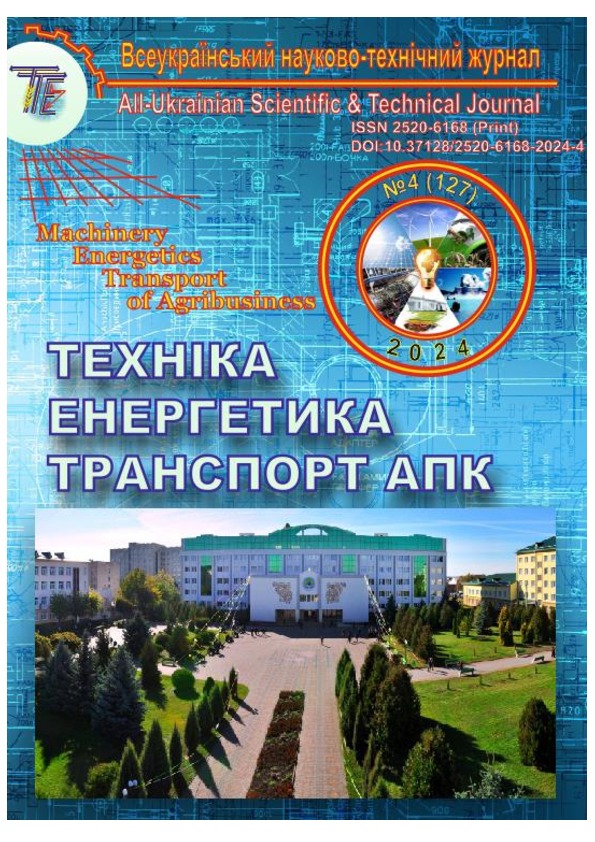id: 38367
Title: Study of stamping and rolling processes in the formation of pipeline flanges
Authors: Shtuts A., Babyn I., Luts P.
Keywords: deformation, stamping, settling, stretching, plasticity,stamping, rolling, pipeline flanges, forming processes, metallurgy, plastic deformation, technological process, cold metalworking, pipeline industry, material properties.
Date of publication: 2025-01-15 12:39:58
Last changes: 2025-01-15 12:39:58
Year of publication: 2024
Summary: An innovative technological process for manufacturing pipeline flanges using the cold end-rolling method is proposed, which opens new opportunities for improving production efficiency and reducing manufacturing costs. This method significantly reduces metal consumption through the optimal use of the blank, as well as greatly diminishes the labor intensity of the technological process. Consequently, it offers significant economic advantages compared to traditional methods, which often lead to higher material waste and greater resource consumption. The research has established that the molding process using end-rolling creates a favorable stressdeformed state in most of the deforming areas of the blank, especially in the regions beyond the central zone. This beneficial state promotes uniform load distribution, reduces residual stresses, and improves the strength characteristics of the final product. By creating a more balanced stress profile, the end-rolling process enhances the overall mechanical properties of the flange, leading to greater durability and reliability in the final product. The cold end-rolling technology is based on sequential plastic deformation of the material by applying radial force to the blank. This ensures not only high geometric accuracy but also improved operational characteristics of the flanges. The uniform distribution of deformations reduces the risk of defects such as cracks, thinning, or warping, significantly extending the service life of the products. Furthermore, the method can achieve consistent results across a wide range of flange sizes and configurations. Moreover, the developed process is versatile and can be adapted for manufacturing flanges of various sizes, materials, and designs, providing flexibility for different industrial applications. The technique also contributes to reducing material waste and lowering energy consumption, making it more environmentally sustainable than conventional methods. The minimized need for additional processing steps and reduced energy requirements further enhance the cost-effectiveness of this technology. The implementation of the proposed method in pipeline industry enterprises opens prospects for increasing productivity, reducing production costs, and improving the quality of finished products. This approach represents a significant step forward in the development of modern pressure metalworking technologies, offering a more efficient and environmentally friendly solution for producing high-quality pipeline flanges.
URI: http://repository.vsau.org/repository/getfile.php/38367.pdf
Publication type: Статті у наукових фахових виданнях України (Copernicus та інші)
Publication: Техніка, енергетика, транспорт АПК. 2024. № 4 (127). С. 38-45. DOI: 10.37128/2520-6168-2024-4-4
In the collections :
Published by: Адміністратор
File : 38367.pdf Size : 2552254 byte Format : Adobe PDF Access : For all

| |
|
|